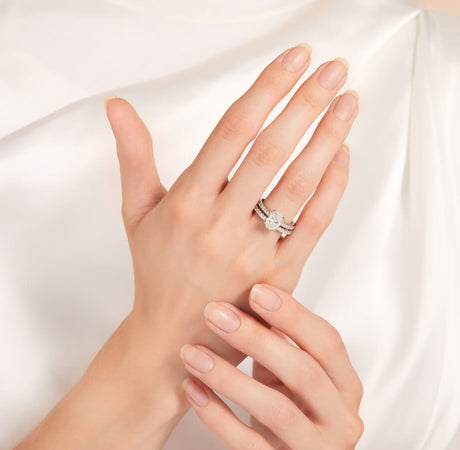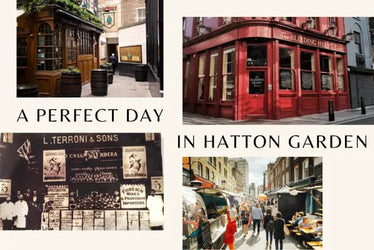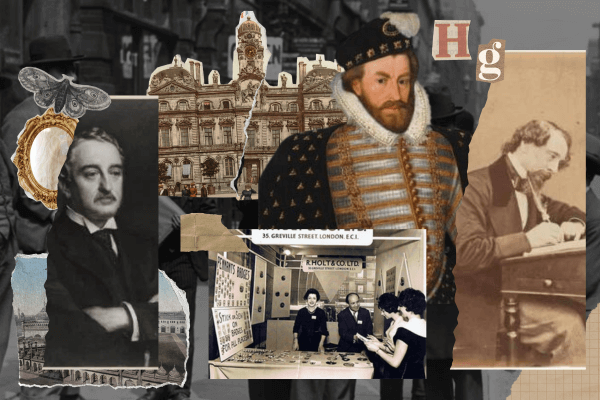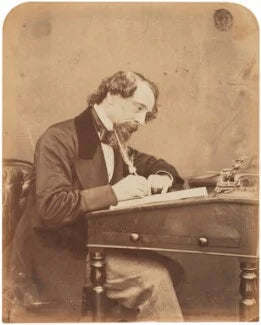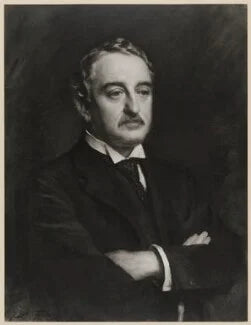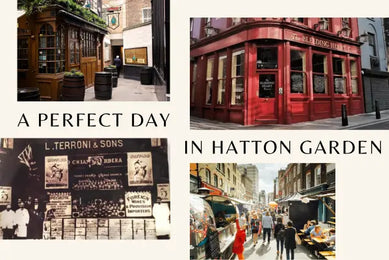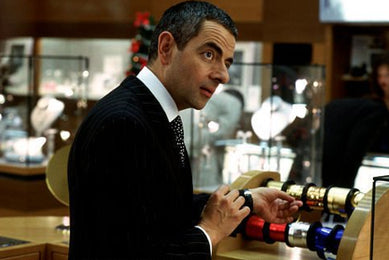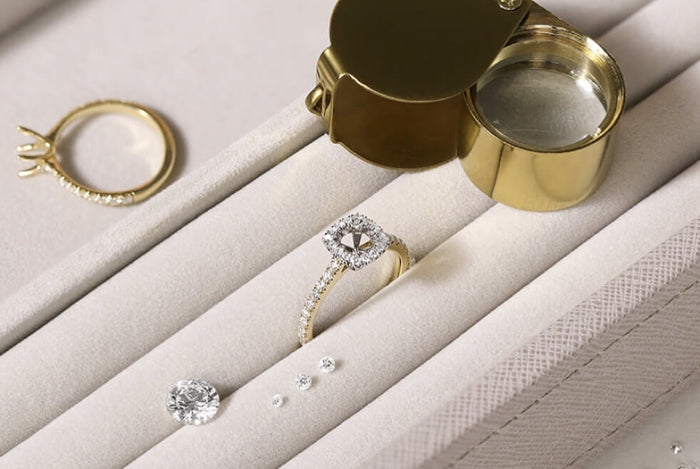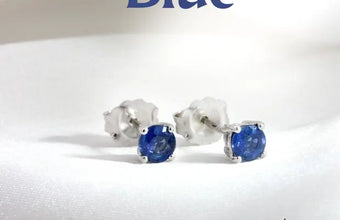Tucked away in the bustling heart of London, Hatton Garden stands as a storied enclave, synonymous with luxury craftsmanship and timeless jewellery. For centuries, the cobbled streets of Hatton Garden have witnessed the rise and shine of England's jewellery trade, etching tales of opulence, industry, and enduring legacy. In this extensive exploration, we don our cultural hats to uncover the rich history that glistens within the confines of this renowned London district.
Historical Background
Establishment and Early Developments
(Sir Christopher Hatton by Unknown artist oil on panel, probably 17th century, based on a work of 1589 NPG 2162 © National Portrait Gallery, London)
The tale of Hatton Garden begins several hundred years ago, believed to have been named after Sir Christopher Hatton, a loyal courtier to Queen Elizabeth I. Its origins, much like its ancient stones, are rooted in the chronicles of London's urban architecture. This district, once pastoral and peaceful, found itself drawn into the city's burgeoning network of commerce and culture.
From the early seeds of development, Hatton Garden burgeoned into a thriving hub for traders and craftsmen. It became a bustling intersection where the elite and the ambitious converged, trading not only in precious metals and stones but also in the intangible currencies of reputation and artistry.
Evolution into a Jewellery Hotspot
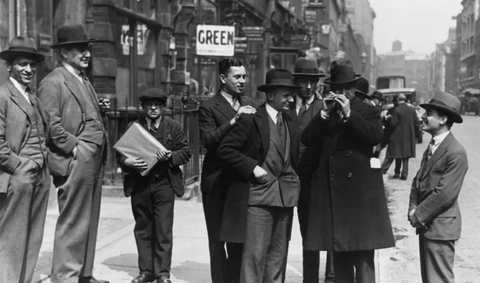
(May 1929: Jewellers examining precious stones in London’s Hatton Garden (Getty, Hulton Archive)
The 19th century marked a pivotal juncture when Hatton Garden cemented its status as the epicenter of London's jewellery trade. The Industrial Revolution brought about a synergy of technologies and crafts, allowing for the production of intricate jewellery on a scale never seen before. This period witnessed an influx of artisans and entrepreneurs who flocked to the city, their eyes gleaming with ambition and vision.
Hatton Garden's progress paralleled the rise of the British Empire, with the area distinguishing itself through the export of exceptional merchandise to all corners of the world. Its heritage is marked by significant achievements, each underlining its impact on the development of London's cultural and commercial influence.
Notable Characters
Prominent Figures Associated with the Area
(Charles Dickens by Herbert Watkins albumen print, arched top, 1858 NPG P301(19) © National Portrait Gallery, London; Cecil John Rhodes after Luke Fildes photograph, 1955 or before (1899) NPG D39712 © National Portrait Gallery, London.)
Echoes of legendary figures still whisper through the winding alleys of Hatton Garden. Charles Dickens resided in close proximity to Hatton Garden and possessed intimate familiarity with the locale, which served as inspiration for various scenes in his novels. For instance, in "Oliver Twist," he depicts the Magistrate's Court situated on Hatton Garden and Fagin's Den located on Saffron Hill. Additionally, Bleeding Heart Yard makes an appearance in "Little Dorrit.". De Beers' Cecil Rhodes, a visionary of diamond mining and marketing, cast their influences upon the district. Visionaries and pioneers, they (and many others) helped weave Hatton Garden into the rich tapestry of London’s cultural identity.
Jewelry Industry in Hatton Garden
Legacy and Reputation in the Jewelry Trade
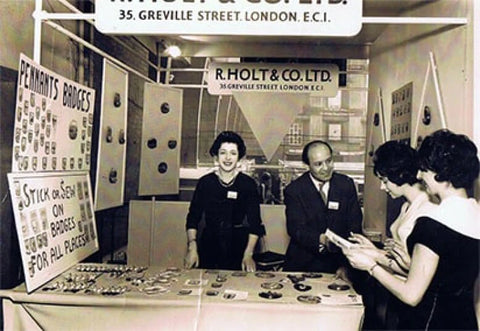
The heritage of craftsmanship in Hatton Garden is as rich as the deep hues of the sapphires and rubies that grace its jewellery. Traditional English settings, renowned for their intricate detailing, flourished alongside cutting-edge technologies, producing pieces that marry the allure of the old with the innovation of the new.
This confluence underscored Hatton Garden's enduring reputation as a beacon of excellence in the global jewellery trade. Its legacy is not merely one of products bought and sold but, more significantly, one of stories and emotions interwoven into every bracelet, brooch, and necklace fashioned within its precincts.
Founded in 1948, Holts Gems established itself as a purveyor of exquisite gemstones, offering bespoke services to the discerning tastes of its clients. With over 75 years of experience in sourcing and crafting gems, Holts Gems has become synonymous with unrivalled quality and exceptional craftsmanship. Read more about our story.
Unique Offerings and Craftsmanship
Beyond the token of a jewellery piece, Hatton Garden offers an experience steeped in heritage and personalised service. It is a bastion of bespoke design, where craftsmanship is synonymous with art, and each piece tells a narrative intricate as the hands that painstakingly crafted it. Speak to our experienced designer and gemmlogist and make your dream piece come true.
This dedication to individuality allows Hatton Garden to maintain its competitive edge in a market increasingly dominated by mass production. It remains an oasis, where the discerning can find solace in the exclusivity of a piece created with them, and them alone, in mind.
Tourist Attractions
Points of Interest for Visitors
While Hatton Garden is widely renowned for its jewellery, its appeal extends to visitors interested in a broader spectrum of London's heritage. The area is a treasure trove of architecture, with buildings that date back to various periods, showcasing the evolution of styles and tastes.
Beyond the aesthetic, it is a vibrant cultural hub, hosting events and exhibitions that celebrate the art and craft of the jewellery trade. At its core, Hatton Garden encapsulates the sense of old-world charm, inviting tourists to discover the myriad wonders tucked away in every nook and cranny.
Cultural Significance Beyond Jewellery
The cultural significance of Hatton Garden transcends its status as a thriving business district. It is a living museum of sorts, where history is not a relic behind glass but a palpable continuum that thrives within the day-to-day life of the community.
For those seeking to immerse themselves in the vibrancy of London's past and present, a walk through Hatton Garden serves as a portal to a bygone era that still resonates with the pulse of modernity. It is a cultural touchstone that represents the very essence of what it means to be timeless.
Conclusion
In the final facet of our exploration, Hatton Garden emerges not merely as a geographic location but as an embodiment of London's legacy, integrity, and creativity. It represents a bastion of tradition that has deftly weathered the winds of change, emerging all the more radiant and resilient.
To chart the history of Hatton Garden is to traverse the annals of time, to touch the lives of countless craftsmen and patrons whose stories are etched into the district’s very foundation. It is an odyssey best experienced in person, where the luster of its past can be seen mirrored in the sparkle of its offerings today.
For those with an eye for the rare and the beautiful, Hatton Garden offers more than mere baubles and trinkets. It is a pilgrimage to the soul of London, where the essence of the city's indomitable spirit is cast in gold and set with the finest jewels.

